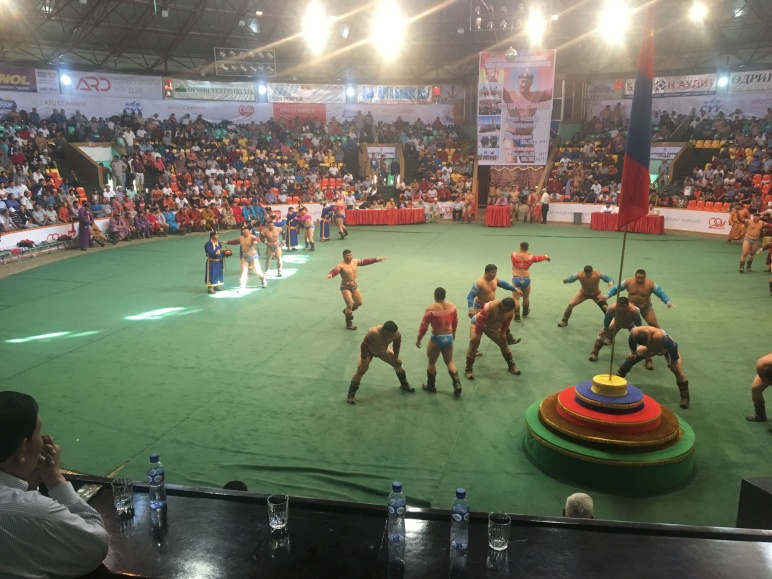Mongolian “National Wrestling” displayed in above image during Coach Shannyn’s tour of Mongolia. (This blog was written in Mongolia.)
The U23 World Champ. Blog
by Shannyn Gillespie
IG: @coachshannyntalks
FB: @coachshannyn.com
In the below video, a discussion is lead regarding the U23 World Championships scheduled to take place November 21-26 in Bydgoszcz, Poland:
Currently, these wrestling world championships exist:
- Olympic Games
- Sr. Worlds
- World University
- U23 Worlds
- U20 | Jr. Worlds
- U17 | Cadet Worlds
Prior to making a national team that competes in one of the above world championships, athletes must compete in a national tournament or some type of world team trials to represent their country on the world stage and these tournaments are generally held in the spring or summer.
All of the world championships are typically held from July-November or during the summer and now fall months. These world championships, now more than ever, have a more direct negative impact on long term athlete development for many high school and collegiate wrestlers in the USA. This is stated because most USA high school & collegiate wrestlers’ season is from November – February or March, and, if these athletes’ competed in these summer or fall world championships, they might be competing year round.
Year round training & competing does not allow the body to adequately recover, adapt, adjust, nor supercompensate. When the body (muscles & mind) properly recover after training bouts & competitions, there is a period of time that the body relaxes and is ready to begin training or competing again. Many sports scientists call this part of the season the transition period while many coaches simply call it the off-season.
Because of the amount of competitions and tournaments that are available now year round, high performance training (a systematic approach to training & competing) is becoming more important. HPT takes into consideration the entire calendar year as it relates to the athletes’ long term growth, development, & overall welfare.
The author suggests that too many competitions annually will ultimately contribute to burnout, overtraining, & a lack of motivation for training or competitions. Too many competitions (i.e. competing year round) without a break – is not recommended by many sports scientists nor coaches for optimal training/preparation in a long term athlete development plan.
To prevent overtraining or under-recovery in today’s world of year round competitions AND to promote peak performances in major competitions, it is suggested to carefully plan, plus, have a definite understanding and application of these training principles: periodization, recovery, peaking & tapering, & high performance training.
Coaches, parents, & administrators have to keep the student athletes’ total health in mind – if they plan to prepare these students for year round competitions – due to the significant higher risk of burnout, overtraining, & injuries induced by 12-month long training & competing. These 3 factors or characteristics are more likely to exist when athletes are competing year round and may actually reduce the total amount of athletes in our wonderful sport over the long term.
Related article: Coach Shannyn | Back to High School | Off to Mongolia
Social media: use #coachshannynmongolia for Mongolia tour video recaps:
You can also learn more about High Performance Training right now at the below links:
Copyright © by Coach Shannyn, All rights reserved
